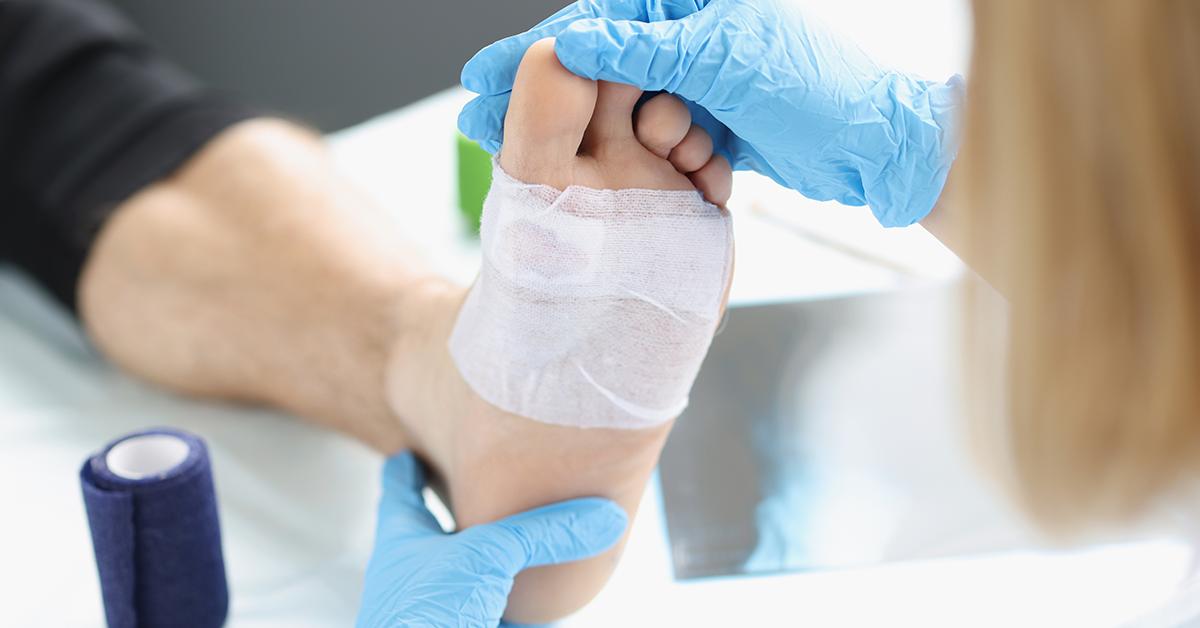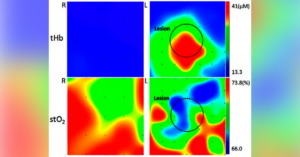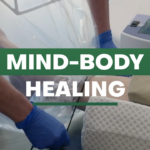Practice Innovations: NPWT + KYLON® + Vaporous Hyperoxia Therapy + CAMPs
- By Wish Clinic
- In Articles

A Medicare Cost Analysis
Complex, non-healing skin injuries and wounds represent significant challenges for patients, clinicians, caregivers, and payers. These wounds can lead to substantial physical and emotional distress, alongside considerable financial burdens. With the growing need for effective and sustainable wound care solutions, innovative technologies like Negative Pressure Wound Therapy (NPWT), KYLON® debridement, Vaporous Hyperoxia Therapy (VHT), and Cellular and Antimicrobial-based Products (CAMPs) are transforming wound management approaches. This article presents a Medicare cost analysis based on a case study, emphasizing the economic viability and clinical success of a comprehensive treatment model.
Methods
An 78-year-old diabetic female (A1C 10) with rheumatoid arthritis on leflunomide presented with bilateral lower extremity ulcerations. The left side revealed exposed bone, while the right showed exposed Achilles tendon and muscle. Prior treatments included serial debridement and autolytic dressings over two months. Upon her initial visit to the WISH Clinic, a biopsy was conducted for histology and PCR analysis, and the patient was transitioned to a smaller profile single-use NPWT generator, connected via a Y-connector to reduce her to one device.
Vaporous Hyperoxia Therapy (VHT) was initiated alongside wound bed preparation, utilizing the KYLON® fabric—a hooked nylon finger cot approved by the FDA to stimulate granulation and reduce biofilm burden. Near-infrared spectral imaging was also employed to assess for potential arterial disease.
Results
The patient’s ulcerations measured 56 sq. cm (right) and 72 sq. cm (left), with pathology indicating calcinosis cutis and peri-intimal calcium deposits. Her tissue oximetry was recorded at 80% within her wound beds. The PCR analysis identified Enterobacter on the right side, leading to a 7-day course of Moxifloxacin. Biweekly sessions of VHT, paired with KYLON® wound bed preparation, facilitated a clean, granulated wound bed by week 3. Skin substitutes—spongy, wet-prep placenta membrane on the right and tri-layer dehydrated placental membrane on the left—were applied, with two rounds of grafts deployed.
The patient required hospitalization for hyperglycemia during weeks 4-10, but her NPWT and VHT treatments continued throughout her subacute stay under the WISH Clinic’s supervision. Diabetic medications were adjusted, and NIRS imaging was performed during each visit to monitor the wound bed’s tissue oximetry and thermal profile.
Economic Analysis
The Medicare cost analysis demonstrated that this integrated approach, utilizing KYLON® debridement, VHT, NPWT, and skin substitutes, led to a total aggregate expenditure of $105,683 USD. The combination of value-based methodologies and innovative wound management technologies proved to be economically sustainable for Medicare beneficiaries, yielding successful outcomes while reducing the overall financial burden.
Discussion
The KYLON® fabric’s unique nylon-hook design has shown exceptional efficacy in both debridement and biofilm management. Its minimally invasive approach preserves healthy tissue while safely removing necrotic material, making it a superior alternative to traditional metal tools. Histologics’ development of KYLON® as a single-use, disposable device not only reduces cross-contamination risks but also improves patient safety and cost-effectiveness, with a price point of around $5 per unit.
As highlighted by Dr. Neal Lonky in recent presentations, KYLON® technology is gaining widespread adoption in wound care, OB/GYN, and cancer diagnostics. The device’s ability to streamline procedures and improve workflow efficiency makes it an attractive option for clinicians. Its integration into the value-based care model aligns with the increasing focus on improving outcomes while maintaining cost control.
In this case study, the synergistic use of KYLON® debridement, NPWT, and VHT significantly improved patient outcomes. Clinical findings demonstrated that the wound care technologies not only accelerated healing but also reduced complications, leading to a faster return to skin integrity. Moreover, the technology’s safety profile, ease of use, and cost-effectiveness make it a valuable asset in the management of chronic, non-healing wounds, particularly for high-risk patients like diabetics.
Final Word
Innovations in wound care, such as KYLON® debridement tools, VHT, and NPWT, are proving to be game-changers for both patients and clinicians. As this Medicare cost analysis illustrates, the implementation of these advanced techniques within a comprehensive care framework is not only feasible but also economically sustainable. By addressing the needs of complex wound patients and reducing the burden on the healthcare system, these technologies are paving the way for more effective and affordable wound care solutions.
You may also like

Near Infrared Spectroscopy: A Game-Changer in Wound Care
- March 20, 2025
- by Wish Clinic
- in Articles

Revolutionizing Wound Care: Innovative Treatments at The WISH Clinic


